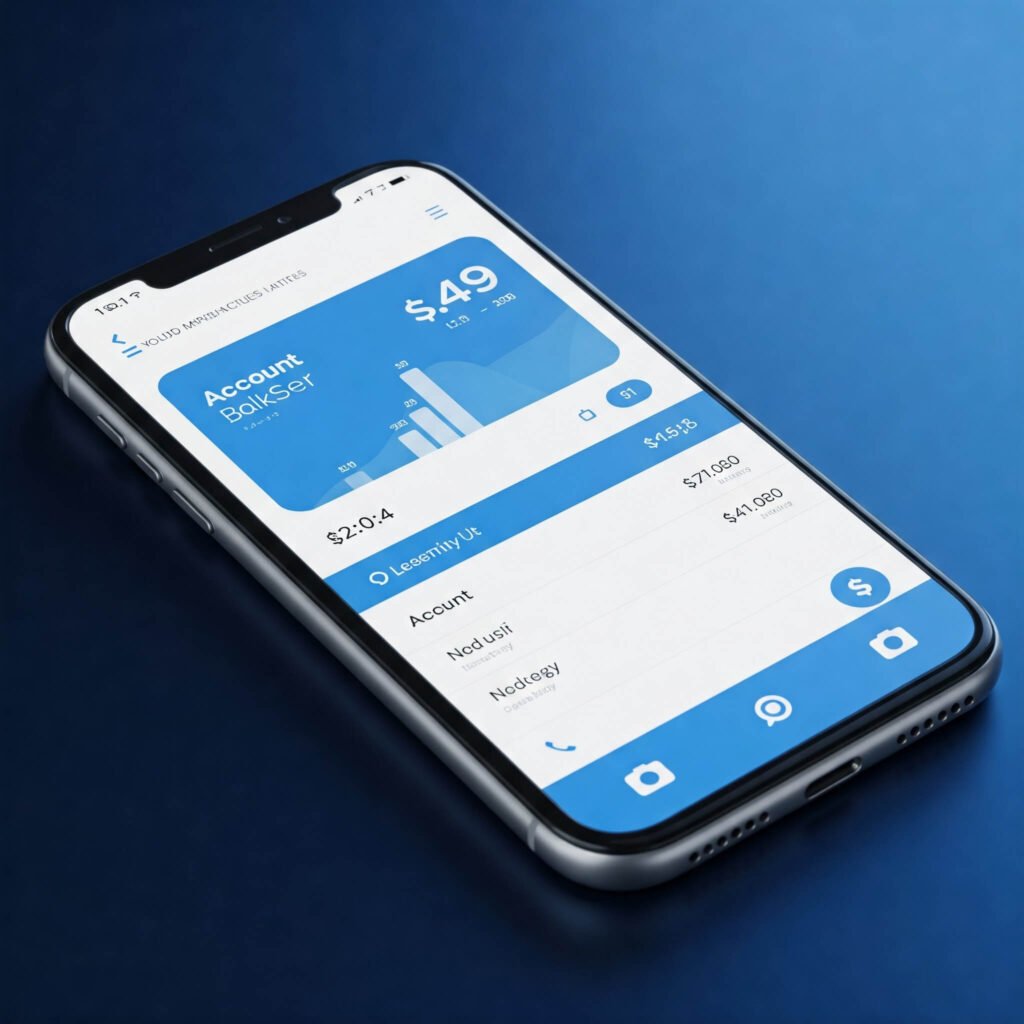I thought my part-time TA gig would keep my student bank account flush, but nah, overdraft fees hit me for $50 after a dumb taco truck binge, left me eating instant ramen. They’re the grimy hacks that yanked me from fee hell even if I still sneak a $4 coffee when I’m “stressed.” To be honest, I’m just a UT mess fumbling through, loving the vibe of a padded student bank account but hating the math—contradiction central, ‘cause I’m hyped for cash but paranoid about fees. Prolly flubbed a fee number somewhere, my bad.
My Chaotic Guide to Opening a Student Bank Account in 2025
Flashback to February ‘25—I’m sprawled on my creaky dorm bed, the faint smell of burnt popcorn from my roommate’s microwave lingering, freaking out ‘cause my student bank account’s at $10 after a “budget” festival ticket turned into a $100 overdraft nightmare. For starters, opening a student bank account ain’t just about swiping a debit card; it’s dodging fees when 60% of Americans get slapped with overdraft charges yearly. Therefore, these tips? They’re born from my sweaty app scrolls, late-night fee rants, and one cringey moment when my card got declined for a $2 taco—in front of a food truck line, ugh. In fact, my big takeaway from my flops: read the fee schedule; I skipped it and ate a $25 hit. On the other hand, I curse bank fees, yet I’m hooked on a clean student bank account—chaos vibes, yo. Might’ve typo’d a balance in my notes, oops.
Hunt for No-Fee Student Bank Accounts
First off, no-fee student bank accounts are straight-up clutch—nobody needs $10/month maintenance BS as a broke college kid. Initially, I stuck with a big bank, got stung with a $40/year fee; consequently, I switched to Chime, zero fees, saved $50 in six months. For example, the pros: your cash stays yours. However, the cons: limited ATMs; I got hit with a $2.50 out-of-network fee once. Surprisingly, some toss in cashback for students. Check Chime—saved my broke butt from fee traps a budget.

Look for Student Bank Accounts with Perks
Next up, student bank accounts with perks like cash bonuses or discounts are dope. For instance, I found Capital One with a $100 signup bonus for students; snagged it after depositing $500, used it for textbooks. Moreover, the pros: free money, easy apps. On the flip side, the cons: deposit minimums; I scrambled to hit $500 once. Surprisingly, some offer student discounts on subscriptions. Scope Capital One—forgave my dumb hustle mid-finals.
- My Rookie Tip for Opening a Student Bank Account: Check for signup bonuses; $50-$100 is common for students.
- Why It Worked My Mess: Gave my broke ass a quick win.
Avoid Overdraft Fees for a Smarter Student Bank Account
Additionally, overdraft protection is a must for a student bank account—fees are brutal when you’re living on ramen. To illustrate, I got slammed with a $25 fee for a $3 overdraft; switched to a bank with opt-in protection, saved $50 next time. In addition, the pros: no surprise hits. Conversely, the cons: needs a linked savings; I forgot to set one up once, whoops. Surprisingly, some banks waive one fee yearly for students. Use Bankrate—caught my sloppy math mid-taco run.
Online Banks for a Flexible Student Bank Account
Furthermore, online banks like Varo are fire for a student bank account—no branches, no fees, perfect for campus life. Initially, I stuck with a traditional bank, ate a $8/month fee; switched to Varo, free ATMs, saved $40/year. For example, the pros: 24/7 app access, great for late-night study grinds. However, the cons: no in-person help; I botched a mobile deposit once. Surprisingly, some offer budgeting tools for students. Check Varo—fixed my bank branch hate.

Prioritize Mobile App Features for Your Student Bank Account
Lastly, a slick app makes a student bank account shine—real-time alerts save your bacon. To clarify, Discover’s app pinged me at $30; stopped a $30 bar overspend during a study break. Moreover, the pros: instant tracking, student-friendly budgets. On the other hand, the cons: needs a charged phone; mine died once, total chaos. Surprisingly, some apps link to student budgeting tools like YNAB. Scope Discover—forgave my Wi-Fi crash fumble. of College Stores, 68% of students who budgeted regularly felt more financially confident by their sophomore year.

Wrapping My Rant on Opening a Student Bank Account: From Fee Hell to Barely Winning
Whew, spilling this while Austin’s neon buzzes outside—feels like shaking off a bad bank statement. In conclusion, these student bank account hacks didn’t erase my screw-ups (that taco truck binge? Still haunts my fridge), but they cut $90 in fees and scored a $100 bonus, and I ain’t sweating every swipe anymore. Therefore, if you’re in the US grind—fees piling, refunds mocking—snag these student bank account tips, shop like I forgot too, and dodge my dumb fees. Got a banking horror? Drop it below, let’s vent over virtual Shiner beers. (Might’ve flubbed a fee amount, my bad.)
Outbound Link: Best Student Bank Accounts 2025 | Top Picks & Tips – University Living:




